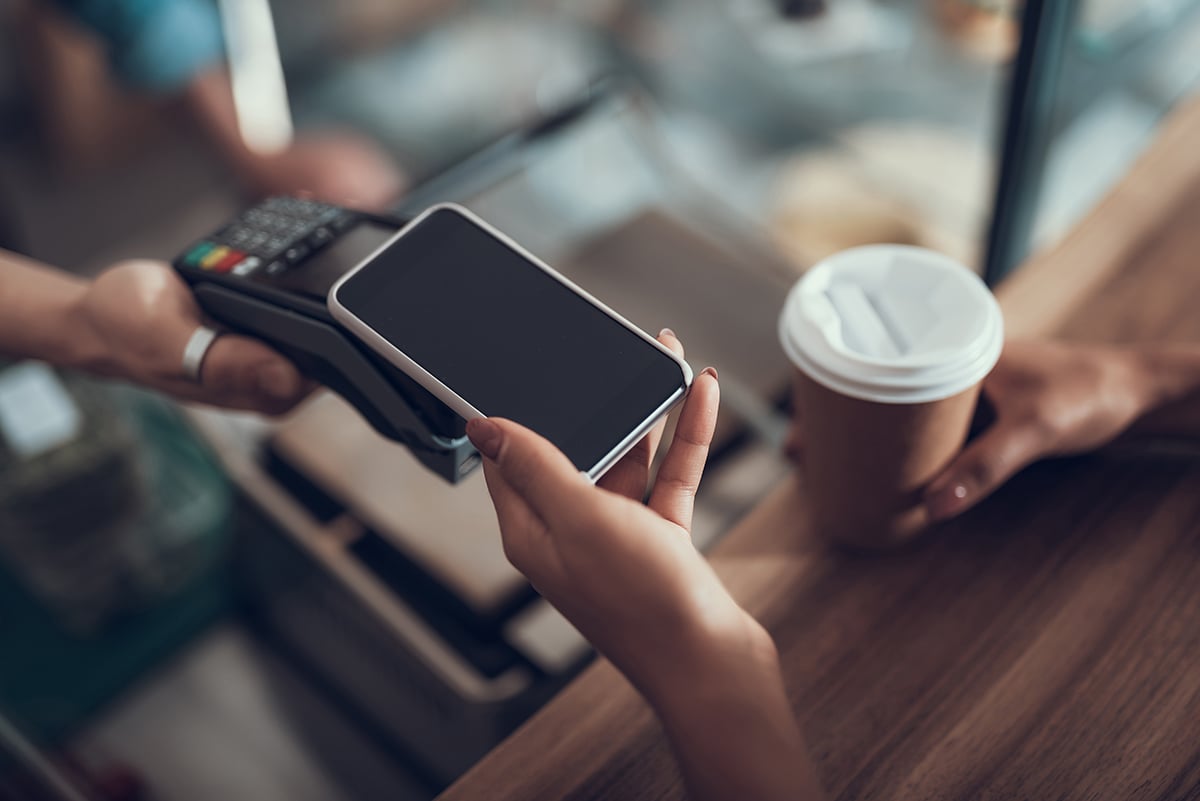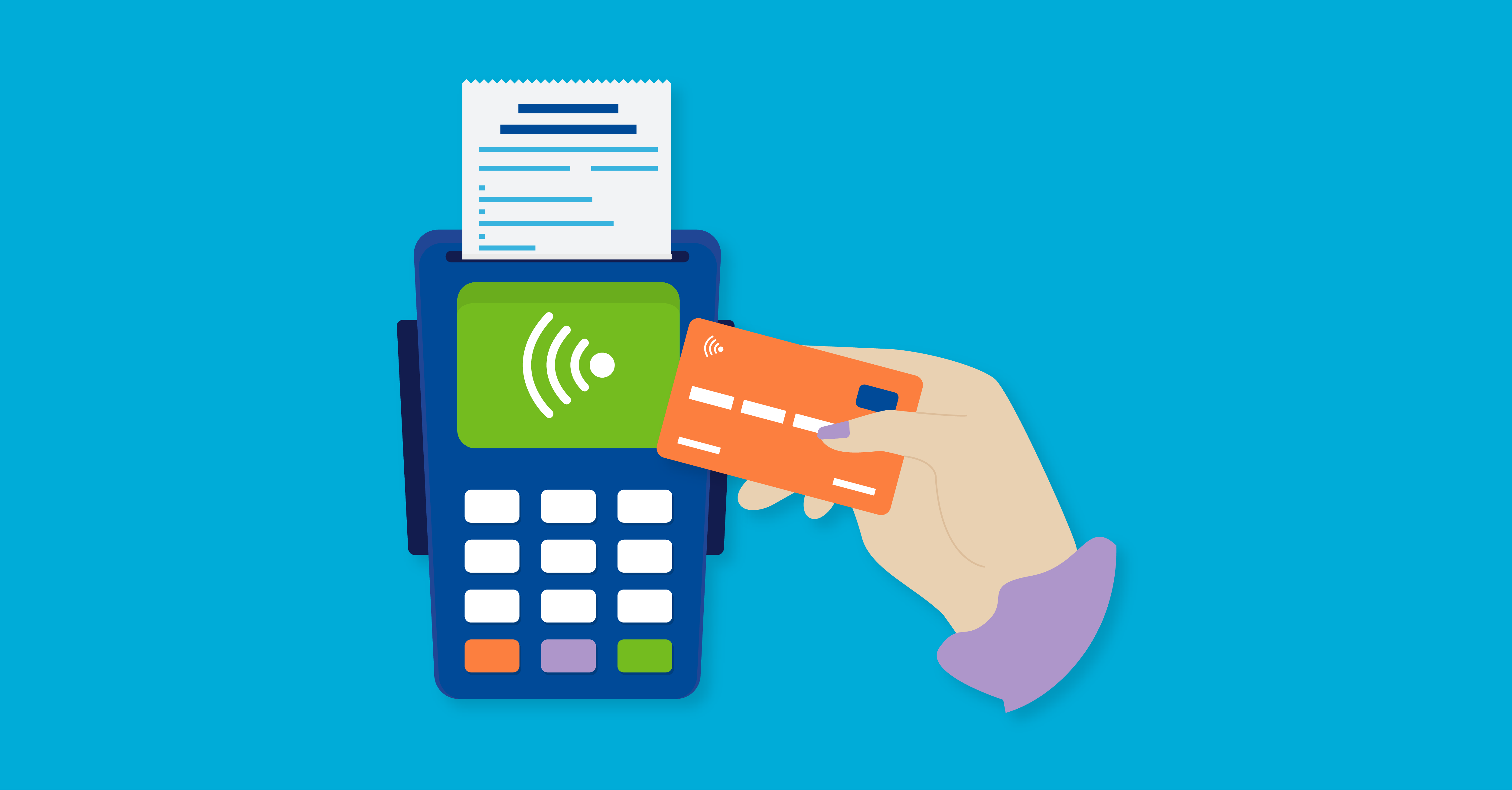Every retail business, from high-end clothing boutiques to hardware stores, is doing business differently in 2021.
Key Takeaways You Will Get From This Article
1. The term contactless payment refers to a secure method of purchasing products or services with a debit or credit card through Radio Frequency Identification (RFID) and Near Field Communication (NFC) technology.
2. Some debit and credit cards have NFC technology that allows the user to simply tap or wave their card above the terminal to complete their payment.
3. To give your customers the option to use their NFC-enabled mobile wallet, you need a credit card terminal equipped with NFC technology. This will allow them to simply hover their smartphone above the terminal to make their purchase, eliminating the need for physical contact with the terminal or cashier.
These changes were difficult at first. Maybe at times they even seemed insurmountable, but with your business and customers in mind, you kept moving forward. And now, here you are! A retail business that may look different on the surface, but at its core hasn’t changed a bit.
We’re willing to bet that most (if not all) of the changes you implemented were made to keep your employees and customers safe. Did you follow one or more of the following recommendations?
-
- Offer curbside pickup or delivery options for purchases
- Designate shopping hours for the elderly and those most at-risk
- Sanitize shopping carts and checkout counters between each use
- Require customers and employees to wear face coverings in your store
- Add directional arrows to your aisles to keep the flow of traffic moving in one direction
- Encourage social distancing with signage and/or marked areas on the floor at checkout
If you managed to adapt your business to one or many of these suggestions, congratulations! Those are not simple changes to make, especially for small businesses.
Today, we’d like to suggest one more social distance friendly option to add to the list above – contactless payments.
Find Out How EMS Can Serve Your Business
Contactless Payments and COVID-19
Over the past year, there have been so many changes to our “normal” shopping habits in the United States. For example, your customers who usually stop in to see what’s new may have started shopping online instead. Or, perhaps your customers who typically carry cash have started use their debit card more often for purchases.
One trend that we’ve watched come to the forefront for retail businesses is the use of contactless payment solutions. In fact, according to a National Retail Federation and Forrester survey, “since January 2020, no-touch payments have increased for 69% of retailers surveyed.” The survey also states that, “Among retailers that had implemented contactless payments, 94% expect the increase to continue over the next 18 months.”
If you’ve been thinking about adding a contactless solution to your retail business, but aren’t sure if it’s worth the investment, take a look at that last quote one more time. “Among retailers that had implemented contactless payments, 94% expect the increase to continue over the next 18 months.”
Still not convinced?
Type “contactless payment COVID” into your Google search bar and you’ll see dozens of articles explaining how the COVID-19 pandemic has acted as a catalyst in the adoption of contactless payments.
What Are Contactless Payments?
We see that contactless payments are big right now, but what exactly are they?
It’s simple, really! The term contactless payment refers to a secure method of purchasing products or services with a debit or credit card through Radio Frequency Identification (RFID) and Near Field Communication (NFC) technology.
In other words, if you purchase a product or service using an Apple Pay or Google Pay mobile wallet, you’ve made a contactless payment. Some debit and credit cards even have NFC technology that allows the user to simply tap or wave their card above the terminal to complete their payment. These types of cards are called contactless payments cards.
NFC technology has many benefits, including:
-
- Transactions are incredibly fast; they can be completed in seconds
- Unlike Bluetooth technology, NFC does not require manual configurations, pairing, or settings
- NFC is more secure than traditional magnetic stripe payment cards
- Smartphone payments offer new revenue sources via marketing offers and loyalty programs that can be transmitted directly to the customer’s device
- NFC increases workplace efficiency
- It’s the most convenient way to pay!
Now, to give your customers the option to use their NFC-enabled mobile wallet, you need a credit card terminal equipped with NFC technology. This will allow them to simply hover their smartphone above the terminal to make their purchase, eliminating the need for physical contact with the terminal or cashier.
At Electronic Merchant Systems, all our retail payment solutions are equipped with NFC technology. We also make sure our solutions are EMV-certified and offer the highest level of security possible, so you can accept payments assured that your business and your customers are covered.
Are you ready to improve the customer experience with contactless payment solutions? Contact us today and let’s talk about how EMS can serve your business.
For additional tips and resources to help your business, check out these blog posts:
Additional COVID-19 Support & Relief for Small Businesses
Ten Tips for Small Business Marketing on a Budget
How to Choose the Right Point of Sale Solution for Your Retail Store
Sources: Retail Dive, NRF




